|
Merry Christmas!
I am excited to share our second edition already! A Quick read to get primed for success in the New Year.
I am grateful for you being here.
Edition 2/
$300M. This week, let us get ready to tackle the Legacy Challenge.
Inside
🔎 The $300M Dilemma: Why quick fixes deepen technical debt—and how to turn legacy systems into strategic assets.
🛠️ The Three-Horizon Modernization Model: Stabilize, modernize, and evolve—your roadmap to cutting costs, accelerating innovation, and unlocking new market opportunities.
📈 A Case Study in Transformation: How one global company cut maintenance costs by 70%, reduced change cycles from 12 weeks to 2, and built a thriving digital ecosystem.
📋 Leader’s Toolkit: Ready-to-use steps to assess costs, map risks, and uncover quick wins – plus access the three tools.
✨ Closing Thought: Legacy systems aren’t barriers – they’re bridges to innovation. Start evolving yours today.
BREAK THE LEGACY-TO-DIGITAL BARRIER
“We’re stuck with at least $300M of technical debt, and every ‘quick fix’ makes it worse.
We’ve been trying to get this done for years.”
|
|
I am sure many of you can relate to the Board member’s frustration.
I can also put myself in the CTO’s shoes, who often feel that their teams are fighting a losing battle.
This challenge is heard repeatedly across boardrooms and executive strategy sessions.
In guiding numerous $200M+ legacy transformations, I’ve discovered that successful modernization isn’t about wholesale replacement.
It’s about strategic evolution.
Too often, we view our legacy systems as liabilities when, in fact, they are hidden assets waiting to be unlocked.
|
THE LEGACY EVOLUTION CHALLENGE
While many organizations focus on the visible symptoms of legacy challenges – rising maintenance costs, slow innovation cycles, and growing security concerns – the real issue runs deeper.
The problem isn’t just aging technology; it’s the mindset that legacy systems must be completely replaced to drive value.
This thinking leads to:
- Massive replacement projects that fail to deliver
- Rising technical debt as teams avoid touching “old” systems
- Innovation paralysis from fear of breaking critical functionality
- Growing maintenance costs with diminishing returns
- Competitive disadvantage as more agile players enter the market
THREE HORIZON MODERNIZATION MODEL
Legacy transformation succeeds when you balance immediate stability with long-term innovation. Plan and deliver using three horizons, each achieving and delivering a more scalable and robust capability.
- Stabilize (Horizon 1). First, get everything working as close to flawlessly as feasible.
- Use a Risk Assessment Framework to:
- Identify critical vulnerabilities
- Map dependency chains
- Quantify business impact
- Optimize for quick wins. Prioritize:
- Performance improvements
- Cost reduction opportunities
- Security enhancements
- Dial in Operational Excellence. Include:
- Implement monitoring
- Optimize incident response
- Enhance documentation
- Modernize (Horizon 2). Next, lay the groundwork for a modern platform while enhancing in-place capabilities.
- Evolve Components
- Isolate Services
- Standardize Interfaces
- Implement Modular Upgrades
- Enable Services
- Develop API Library
- Design and Implement Microservices
- Optimize Integration
- Optimize Architecture
- Modernize Patterns
- Reduce Technical Debt
- Implement Scalability Improvements
- Platform (Horizon 3). Now, you are ready to build the future – a best-in-class platform that will enable and “be” your business.
- Innovate and Redesign the Business Model
- Enable new capabilities
- Create market opportunity
- Optimize value streams
- Create Digital Ecosystem
- Integrate Partner capabilities
- Build Developer platforms
- Enable Marketplace
- Multiply Value
- Accelerate Innovation
- Transform cost structure
- Enable market expansion
IMPLEMENTATION GUIDE
Quick Wins (90 Days)
- System Stability Assessment
- Map critical system dependencies
- Identify immediate risk areas
- Create performance baseline
- Document current state architecture
- Critical Path Identification
- Define value-driving capabilities
- Map customer impact points
- Prioritize modernization targets
- Create quick-win backlog
- Risk Mitigation Plan
- Implement monitoring improvements
- Enhance security controls
- Optimize backup/recovery
- Strengthen operational processes
Medium Term (180 Days)
- Component Modernization
- Begin service isolation
- Implement API layers
- Modernize critical modules
- Enhance integration patterns
- Service Architecture Implementation
- Deploy initial microservices
- Establish DevOps practices
- Implement automated testing
- Create service catalog
- Team Capability Building
- Up-skill existing teams
- Implement modern practices
- Establish centers of excellence
- Create knowledge repository
Long Term (365/+ Days):
- Platform Evolution
- Complete service transformation
- Enable digital ecosystems
- Implement marketplace capabilities
- Optimize for innovation
- Ecosystem Development
- Launch partner programs
- Enable external innovation
- Create developer platforms
- Establish marketplace dynamics
- Value Realization
- Measure transformation impact
- Track value metrics
- Scale successful patterns
- Optimize for growth
CASE SNAPSHOT
A global financial services provider was spending $50M annually maintaining legacy systems. 80% of their technology budget was allocated to “keeping the lights on.” Their remarkable transformation using a bespoke version of the Three-Horizon model:
Before → After
Annual Maintenance Costs: $50M → $15M
Budgets: 80% Operations → 60% Innovation
Change Cycles: 12 weeks → 2 weeks
System/Platform Reliability: 60% → 99.9%
Limited Innovation capability → Thriving Digital ecosystem, expanding Platform
Key Success Factor: Started with stability metrics before jumping into modernization, ensuring a solid foundation for transformation.
GET READY TO ACT IN THE NEW YEAR
LEADER’S TOOLKIT
First Week Actions: Legacy Value Assessment
Step 1: Cost Analysis
- Map current maintenance costs
- Identify efficiency opportunities
- Calculate modernization ROI
- Document value leakage points
Step 2: Risk Mapping
- Security vulnerabilities
- Performance bottlenecks
- Skills gaps
- Technical debt areas
Step 3: Opportunity Identification
- Innovation possibilities
- Cost reduction potential
- Market expansion options
- Digital ecosystem opportunities
Step 4: Quick-win Prioritization
- Impact vs. effort matrix
- Risk vs. reward analysis
- Implementation timeline
- Resource requirements
Implementation Tips
- Start Small
- Begin with one system or component
- Gather initial metrics
- Refine approach based on learnings
- Build Momentum
- Share early wins
- Expand assessment scope gradually
- Maintain regular reviews
- Engage Stakeholders
- Share results with leadership
- Get input from technical teams
- Align with business objectives
- Document Progress
- Keep historical scores
- Track improvement trends
- Maintain decision logs
Common Pitfalls to Avoid
- Scoring Bias
- Don’t let current issues dominate scoring
- Consider both risks and opportunities
- Get multiple perspectives
- Horizon Mixing
- Keep initiatives in appropriate horizons
- Don’t rush to Horizon 3 before stabilizing
- Maintain clear dependencies
- Risk Oversight
- Don’t ignore small risks that could compound
- Consider interdependencies
- Review external factors regularly
IN CLOSING
Remember: Legacy systems aren’t technical debt – they’re transformation opportunities waiting to be unlocked. The key isn’t wholesale replacement – it’s strategic evolution. Begin your value assessment to start transforming your legacy constraints into digital advantages.
TOOLS IN THIS EDITION
Legacy Modernization Calculator
Modernization Roadmap Example
Risk Assessment Example
Please let me know If you have questions or topics you’d like me to explore in future issues.
Thanks for reading!
Adi
Follow
Share this newsletter with friends
|
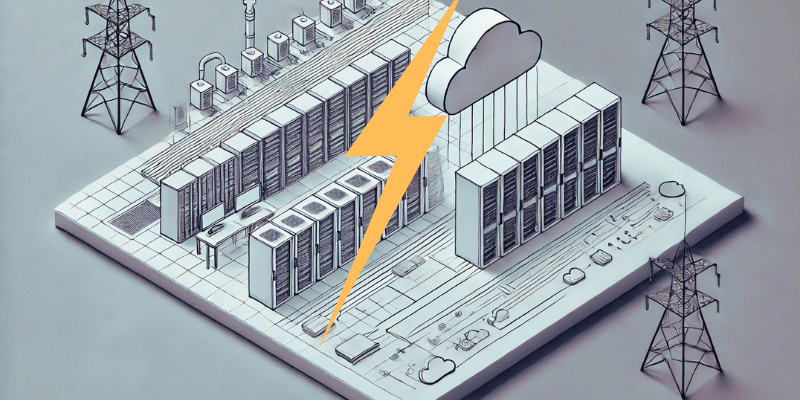


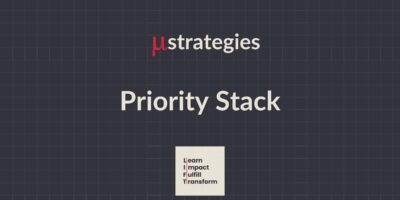
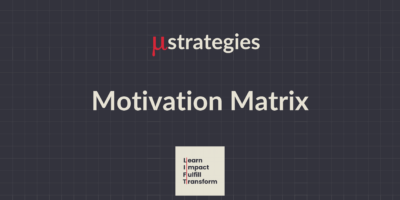
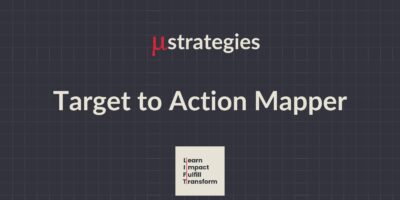
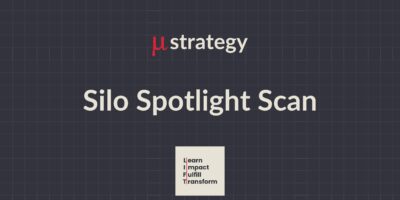
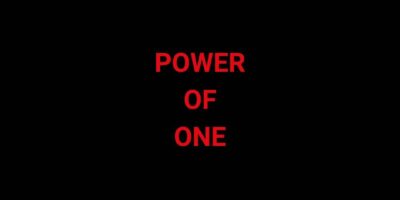
Comments